I’ve been straightening and curling my hair wet/damp for years, despite all the popcorn-sounding fizzes and crackles – but some science I’ve recently read have made me do a complete 180. It turns out wet and dry hair respond to extreme heat very differently – and wet hair cops it far worse, and not just because it’s more fragile.
First, a little refresher on hair anatomy. Hair has three main parts:
- the medulla – boring central core, actually non-existent in light and fine hair
- the cortex – middle layer, responsible for colour, texture and most of the strength of hair
- the cuticle – protective outermost layer, made of overlapping cells like roof shingles or fish scales, shiny
The cuticle lays flat, but water can get in between the gaps. When you wet healthy hair, it can actually absorb up to 30% of its own weight in water into the inner spongy cortex (more if it’s damaged hair).
An average hair straightener heats up to 185-230 °C. Curling irons are a little cooler, at 95-200 °C. They’re both well above the normal boiling point of water, which is 100 °C. (Temperatures in Fahrenheit are straighteners 365-446 °F, curlers 203-392 °F and boiling water 212 °F, for any readers from non-metric countries like the US, Liberia or Myanmar.)

What happens when the wet inside of hair gets heated well beyond its boiling point? Well, it’s not too dissimilar to popping corn…

When water turns from liquid to gas it expands. When it’s heated strongly it expands rapidly. Since it’s confined in the cortex by the cuticle, it has to bust out. That’s right – the water explosively evaporates, shattering whatever’s in its path, which happens to be… your hair.
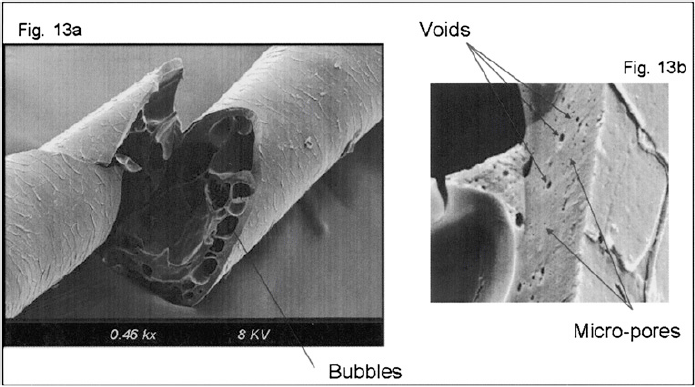
(Hair does not usually look this spongy up close, in case you’re wondering – it should look like sliced playdough with a small spongy section right in the middle.)
It’s not only on the inside that the boiling water wreaks havoc – it’s got to get out somehow, and in the rush to leave it bangs up the outside of your hair cuticle pretty good too – instead of lying flat, the “shingles” or scales of your cuticle are now bumpy from being pummeled from the inside:
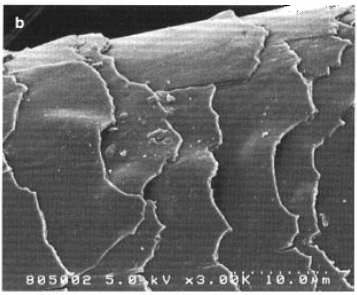
Don’t freak out too much – this probably happens mostly to the hair that’s right against the heating plates of your straighteners and curling irons (it’s doing the rest of your hair a solid, sacrificing itself for the greater good!). But if you’re doing this to your hair every day, the damage builds up.
Of course, dry hair doesn’t get away unscathed – it still causes microscopic cracks on the hair’s surface, denatures hair proteins, and decomposes pigment – but this happens in wet hair too. All this damage goes on to give you dull brittle hair, split ends, brassy colour, increased tangling and breakage.
What can you do? Well, obviously, you should straighten and curl your hair only when it’s dry! You can also invest in a heat protecting spray (most of these work, to some extent!).
References
M. Gamez-Garcia, Void and pore formation inside the hair cortex by a denaturation and super-contraction process occurring during hair setting with hot irons, J Cosmet Sci 2001, 62, 109-120.
S. B. Ruetsch & Y. K. Kamath, Effects of thermal treatments with a curling iron on hair fiber, J Cosmet Sci 2004, 55, 13-27.
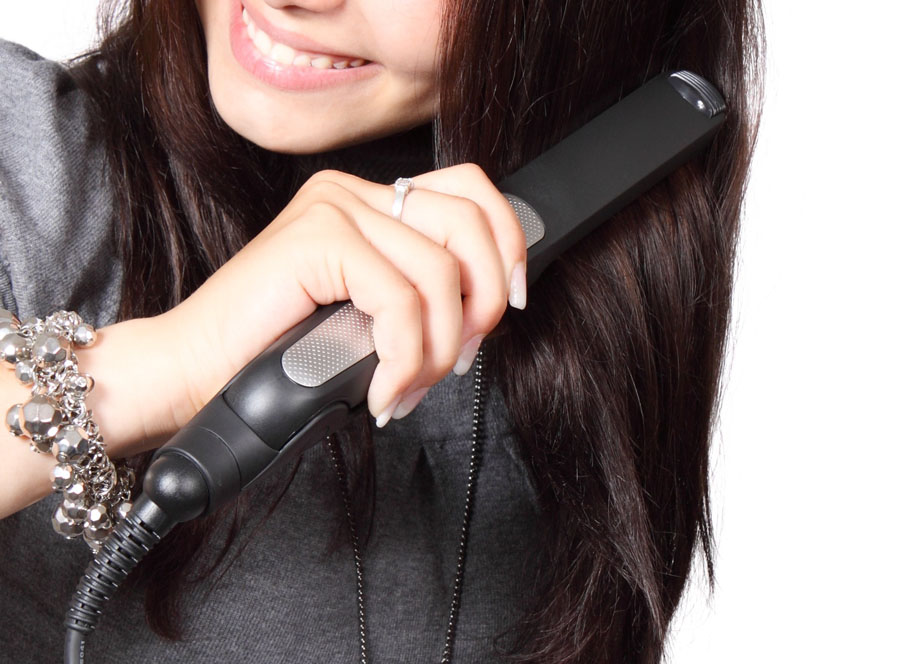
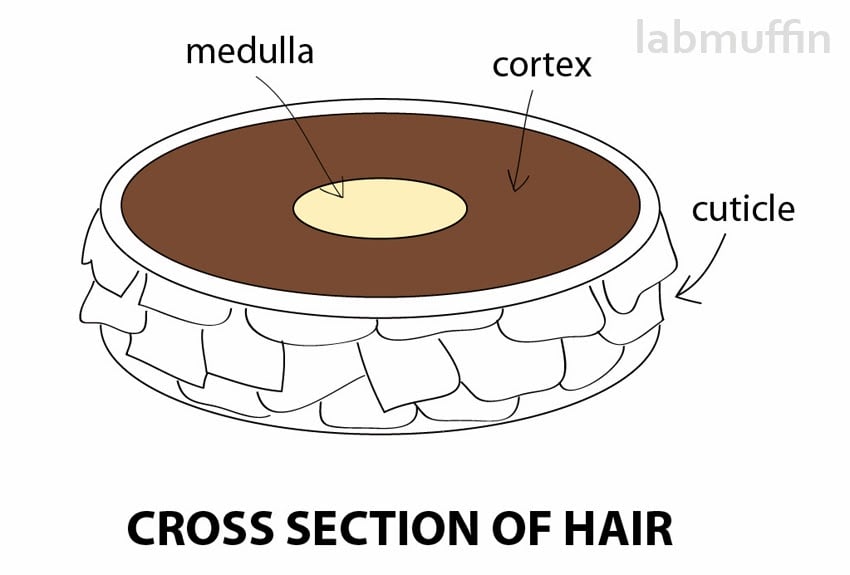
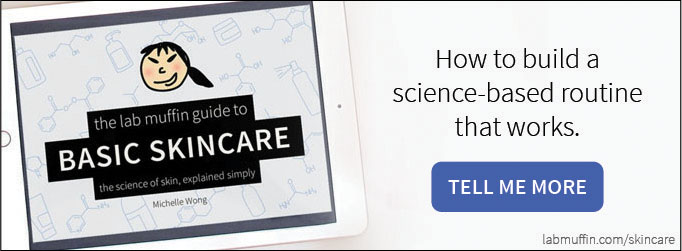
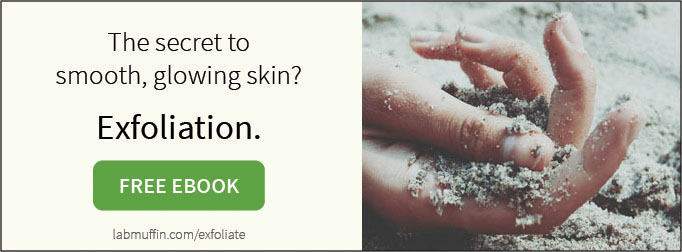

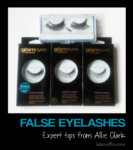


Thanks for this post! I always have straightened my hair dry, but back in High School my mom got me a straighter with a misting feature. It said that adding water to your hair as you straightened it made it smoother, and said it worked the same way as steaming wrinkles out of clothes. However, I always felt that the crackling sound meant something bad was happening. I haven’t used that straightener in years.
Ugh that sounds terrible! There’s a lot of “wet-to-dry” straighteners out there and they sell it as “specially designed to be safe”, but I’m not buying it…
Wow! This is fascinating and a little frightening. Do different types of heating material make a difference? I’ve seen some claims about tourmaline being less damaging or something like that.
I think the reason it’s less damaging is just because it heats up more evenly, so you have less super-hot patches. I’ve heard some stuff about “natural mineral oil” from tourmaline, but I think it’s BS (though I’ll happily change my mind if there’s a good explanation or some evidence…).
I have let my hair air dry for years now. I found even blow drying was causing a lot of problems. I still straighten my hair when it’s dry but it’s a lot healthier this way.
Me too… but mostly because I’m too lazy to dry it any other way!
Great post! I have a question though – would heat protectant sprays get the hair slightly damp and therefore subject it to more damage?
That’s a good question – the answer is yes (there’s a study), but unfortunately very few heat protectant sprays are water-free at present.
That would be because they’re aqueous in order to actually be able to be sprayed. Even those with oils still need to be aqueous, else hair gets too oily/greasy.
They don’t necessarily have to be aqueous – for example, they can use a volatile silicone as the base like cyclomethicone which will evaporate, or even SD alcohol, but water is the standard and much cheaper.
I tried straightening mu hair wet once with a wet-or-dry straightener but once I heard the crackle I immediately turned off the straightener and never tried it again. Glad to hear I wasn’t overreacting!
Smart! Your hair has a lucky owner 🙂
Hi have a question- I only use a ceramic iron to straighten my hair when its dry, but if you use a heat protecting spray beforehand does that not mean the hair is getting wet/moisture again? should you wait for the spray to dry into it too?
thanks!
It does! There are actually some “dry” heat protectants being developed because of this, but I’m not sure when they’ll hit the market.
Did they hit the market? What do you reccomend? Thank you!
I’ve found one so far from Batiste!
My hairdresser told me to spray the heat protectant spray onto wet hair, let your hair dry and then style. This way you still have the protective spray but the hair is dry when styling.
That’s a great idea!
What do you think about the Redken & Rowenta Salon Steam Infusion Straightening Iron along with heat protectant? Would this help reduce damage? It is much better and easier to get straight hair than any other straightener that I have ever used.
But after pregnancy, my hair is getting more and more curly…. I am not sure of a way to stop that either….
Michelle, thanks a lot for sharing. Great post! I’m glad that I found your post.
I personally use the karmin hair straightener 🙂
Hellloo
I used a flat iron 4-5 times on my DAMP HAIR. Well i fucked up. I got a buzz cut but the new growing hair is still soo thin and damaged. Did my hair follicle | roots got damagef? Because i used the flat iron very near to my scalp, do maybe the heat reached my roots… dermatologists dont help me any further. My scalp is a little bit visible because of this . Im 18 and male
It’s possible that it damaged the follicles, but I would guess it’s not permanent unless you felt your scalp burn.
Great post Michelle, I’m a bit late to it as am more into the skincare portion.
I read in your other acquis towels post, that things like towelling, brushing and blow drying your hair would be more damaging when hair was wet due to the cuticle swelling and scales standing up (more easily snagged and broken).
It raises more questions regarding hair brushing eg, whether the smoothness of the water on the outside of wet hair would counteract this (coats hair on outside so contact with direct brush is lessened, and also brush would slip past the scales so brushing would be sort of faster).
And what if you brushed it while having wet conditioned hair- would further add to that coating/reducing brush contact with hair “shingles” on the shaft?
Great post Michelle, I’m a bit late to it as am more into the skincare portion.
I read in your other acquis towels post, that things like towelling, brushing and blow drying your hair would be more damaging when hair was wet due to the cuticle swelling and scales standing up (more easily snagged and broken).
It raises more questions regarding hair brushing eg, whether the smoothness of the water on the outside of wet hair would counteract this (coats hair on outside so contact with direct brush is lessened, and also brush would slip past the scales so brushing would be sort of faster).
And what if you brushed it while having wet conditioned hair- would further add to that coating/reducing brush contact with hair “shingles” on the shaft?
In these cases, would it be preferable (damage minimisation) to brush hair while wet?
There is some research that suggests that it depends on hair type. From memory if your hair is curly then it’s easier to detangle while wet, but if your hair is straight it’s better to comb when dry. I’ll have to do a post on it sometime!
Hi Michelle! I love your scientific approach to the beauty industry. All your information on sunscreen myths has really helped me to find the best product. Your work reminds me to be a well-informed and skeptical consumer, which I greatly appreciate.
I know this is an old post, but I figured it would be most relevant to ask you this here. The Dyson Airwrap is designed for damp to dry hair styling. It uses hot air instead of heated metal like a curling iron or straightener. This seems great, yet from the reviews I’ve watched, styling your hair to last all day with the airwrap requires a higher heat setting, around the low end of 200 degrees Fahrenheit.
Does this seem to you to be a good way to style one’s hair, preventing both heat damage and water damage, or would there still be a fair bit of damage considering the hair is not completely dry when it used?
Thanks so much! Love your videos!
I really like this information. These steps and processes are really simple and helpful. thank you for sharing this.